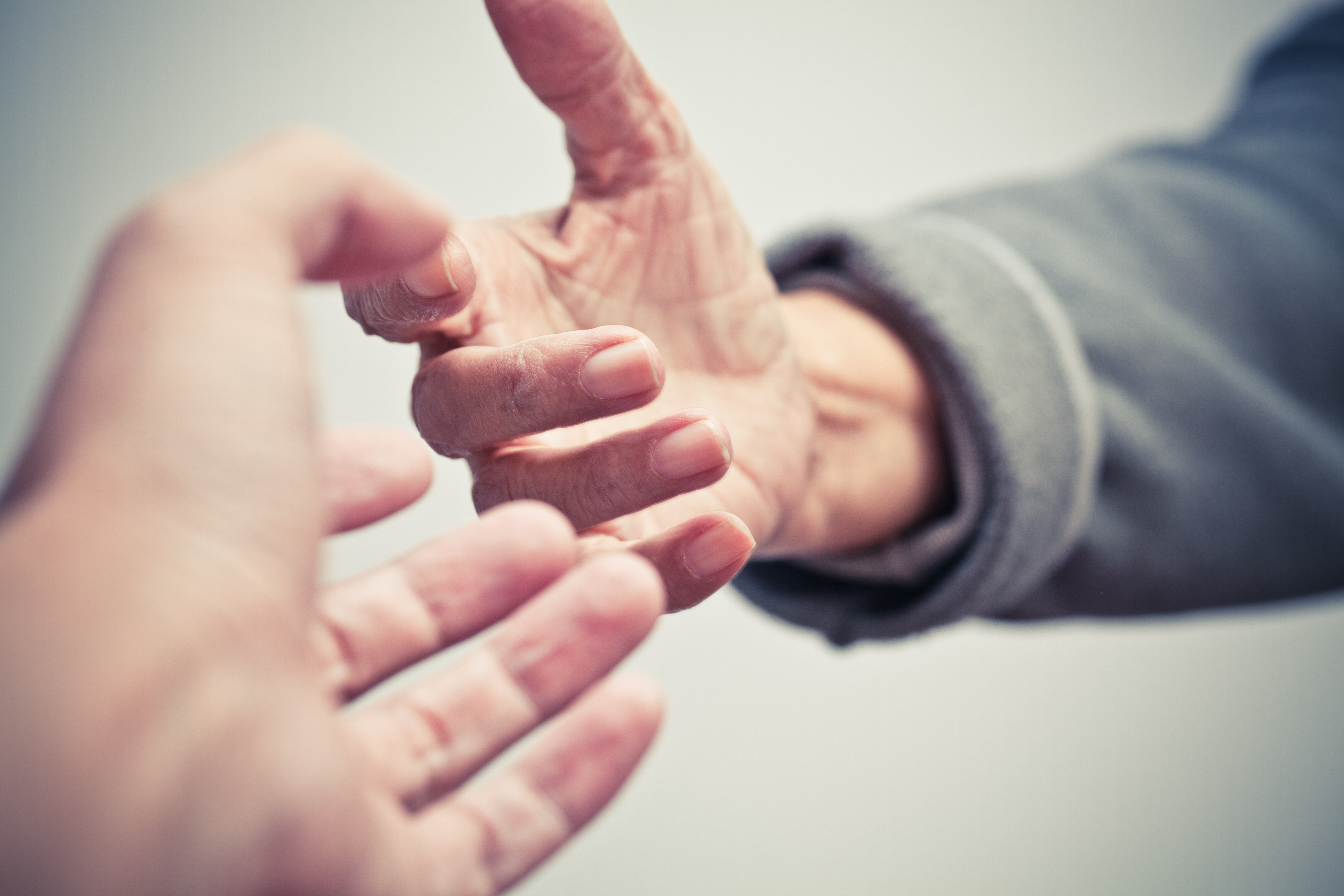No one likes to be lonely, especially around the holidays. But for most of us, once the decorations are packed away and life returns to the normal routine, the feeling passes. Yet, more and more people, particularly older adults, are grappling with loneliness year-round, and a growing body of research suggests that chronic loneliness carries some serious health risks.
“Loneliness is one of the most pressing public health issues facing the country today,” said Kerstin Emerson, a clinical assistant professor of gerontology at the University of Georgia College of Public Health who investigates the impact of loneliness among older adults.
Nearly one in three older adults are lonely in the U.S., Emerson said, and this type of sustained loneliness has been linked to heart disease, high blood pressure, disability, cognitive decline, depression, early entry into nursing homes and increased doctor’s visits.
“Recent studies have even suggested that loneliness is a risk factor for early death comparable to smoking or being an alcoholic,” said Emerson.
Who is most susceptible to loneliness?
While it’s easy to assume that loneliness just affects people who live alone, Emerson’s own research has shown that loneliness can impact anyone.
“People who are socially isolated might be more likely to be lonely, but married people can be lonely as well, as can people who come from very family-oriented or community-oriented cultures,” said Emerson. “Loneliness doesn’t discriminate.”
Loneliness is particularly a concern for older adults, she said, because they are more likely to face increased health issues and loss of friends, family or income, all of which are risk factors for loneliness.
What are the signs of loneliness?
Loneliness is defined as the difference between desired social connections and actual social connections. “You can be lonely in a crowded room. You can be lonely in a very large family. If your needs for social connection are not being met, you could still be lonely,” added Emerson.
Determining exactly who is and who isn’t lonely, however, is a challenge.
“Unlike things like diabetes, we can’t just take a blood sample and determine loneliness. The only way we can measure loneliness is to ask. Usually we ask a series of questions that are part of scales to get at loneliness,” said Emerson.
One of the obvious things to look out for is someone who spends a lot of time by themselves, especially if they used to be socially engaged, she said. Lonely people may also be more likely to be sick and not sleep as easily. There are also the common triggers or changes that can be associated with loneliness, like a geographic move, a major health change (especially if it restricts driving), widowhood, job loss or retirement. Those changes may be particularly relevant to older adults.
How can someone experiencing loneliness help themselves?
Loneliness is tricky to treat because it depends on what’s causing it, Emerson said. For example, one person may struggle with making social connections and withdraws from social interactions that may make him feel awkward. Another person may be very social, but she can’t drive to meet with friends.
“At its heart, loneliness is a personalized issue, and every solution is an individualized solution,” said Emerson. “There are therapies that can help people who need to build social skills. There are services that will help you get from your home to church or your local senior center. Maybe a virtual chat room would meet your needs.”
How can friends, family, or community members help the older adults in their lives who may be dealing with loneliness?
Emerson said awareness is key when it comes to addressing loneliness. Compared to public health messaging about obesity, smoking or bad eating habits, loneliness is often at the bottom of the list.
“Communities do wonderful things already to help people who are lonely. Connecting people with those community services can be an amazing help,” advised Emerson.
“During the holiday season, we often get wrapped up in ourselves and our own family’s needs, but thinking about others who may need just a little bit more interaction—a phone call, a quick hello to a neighbor—is a big help.”
Options for tackling loneliness in your community:
- Sign older adults up for classes on how to use Facebook or a chat room (or teach them yourself!)
- Offer your neighbors or older relatives regular rides to church, the gym or community senior centers.
- Volunteer for Meals on Wheels.
Athens resources:


